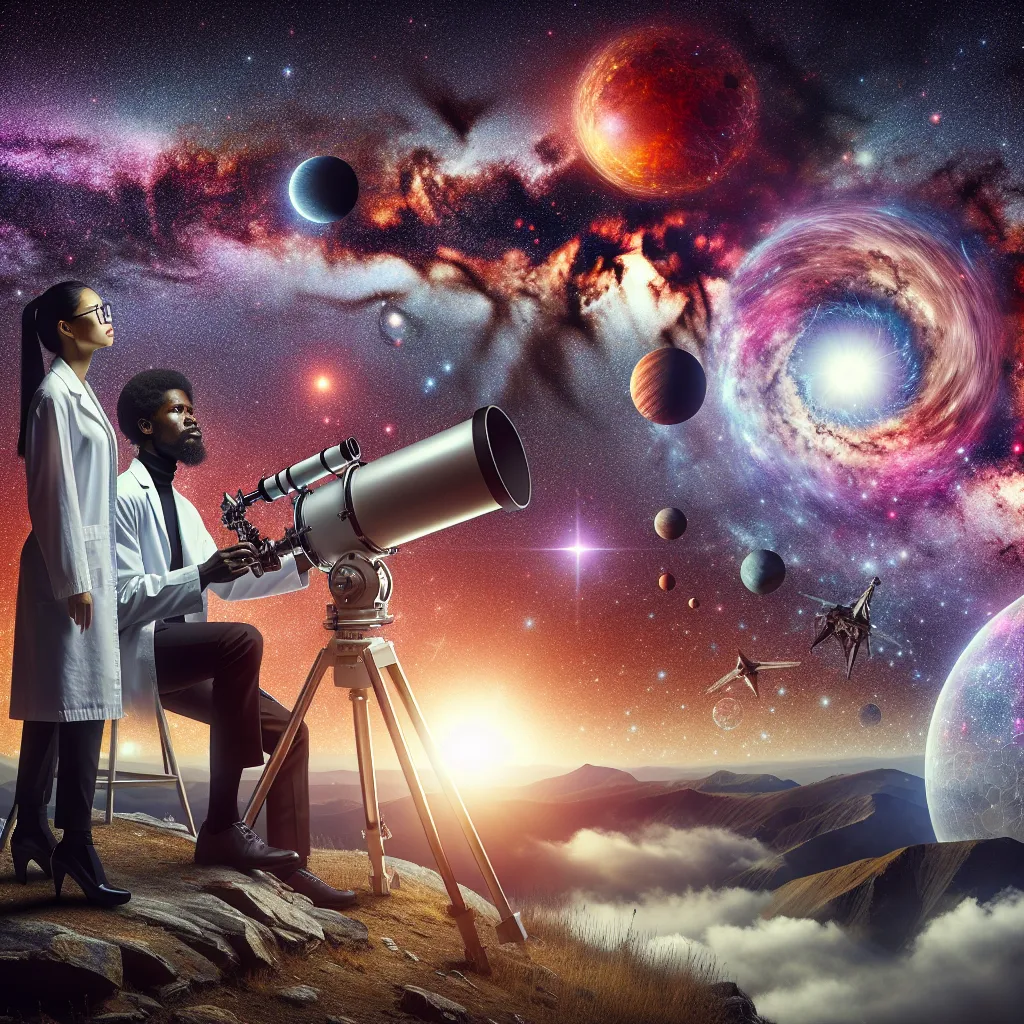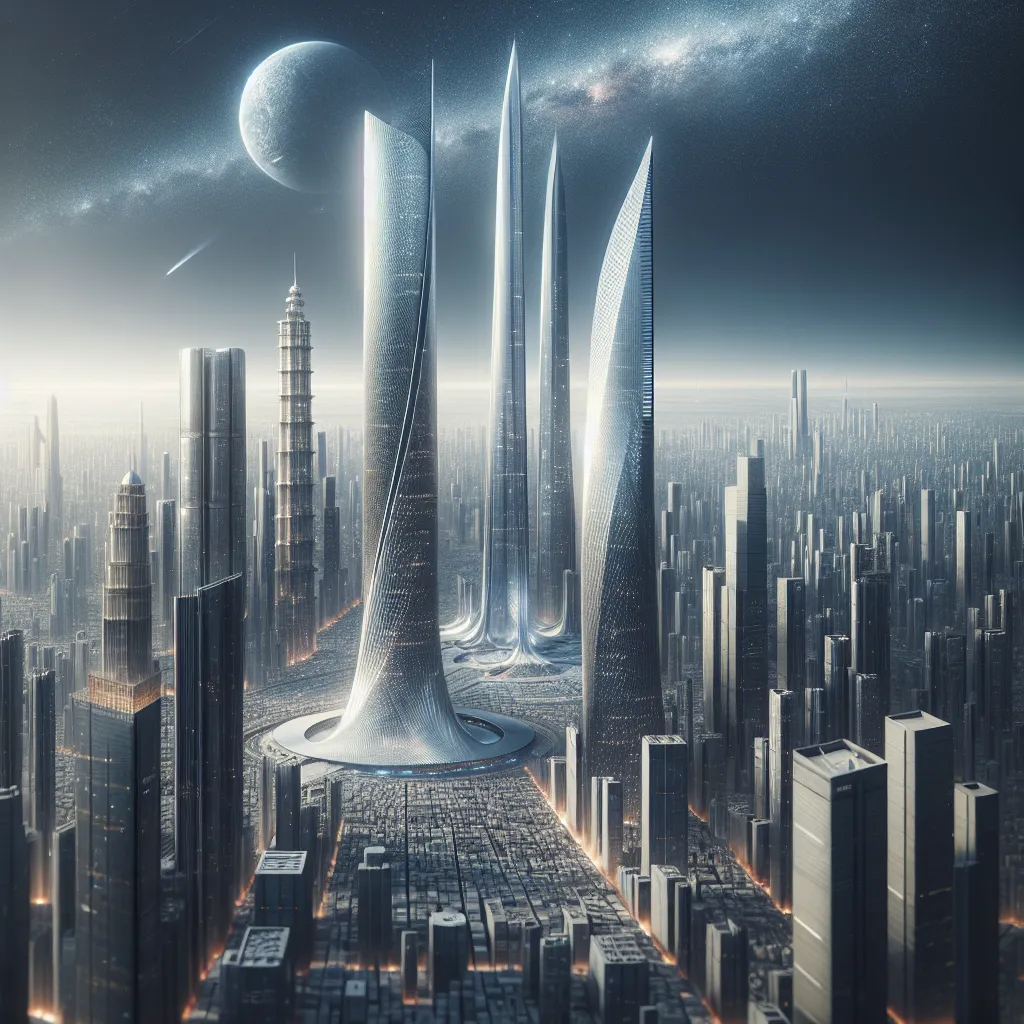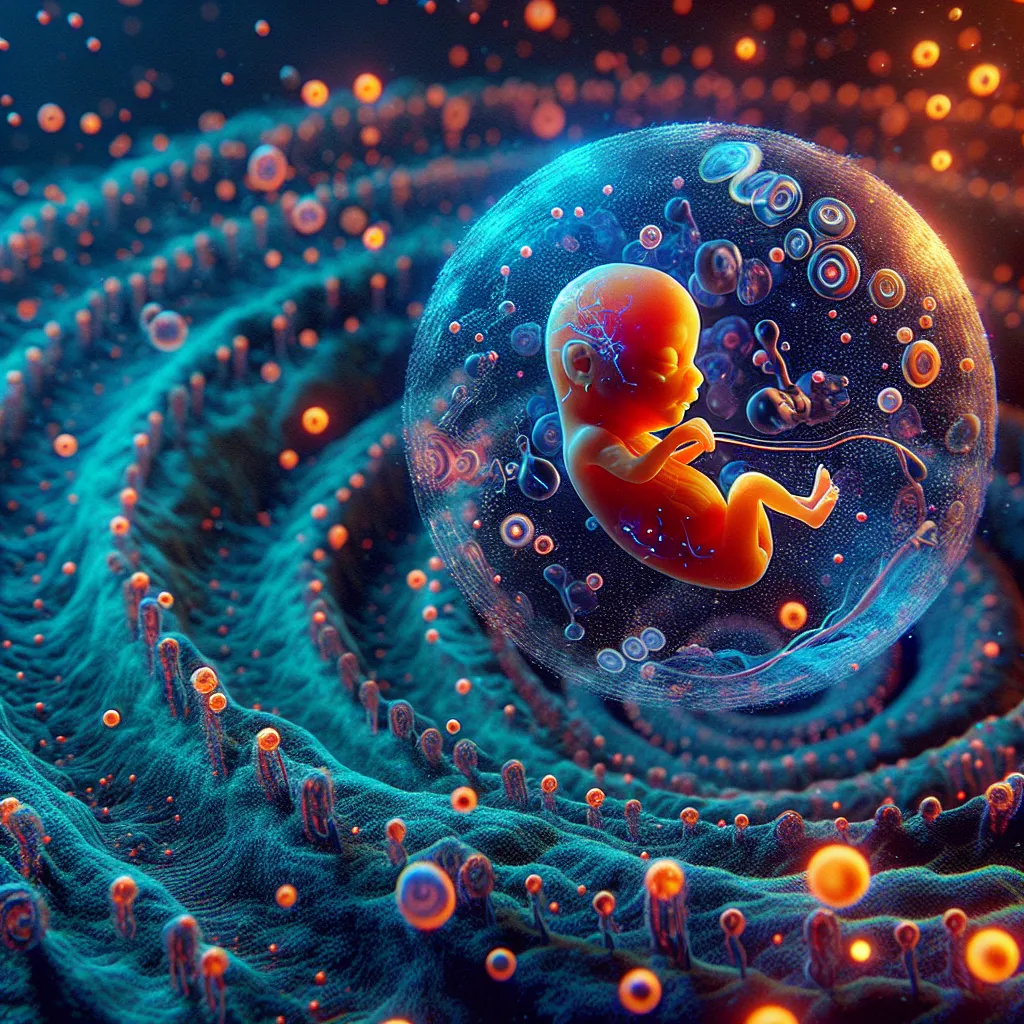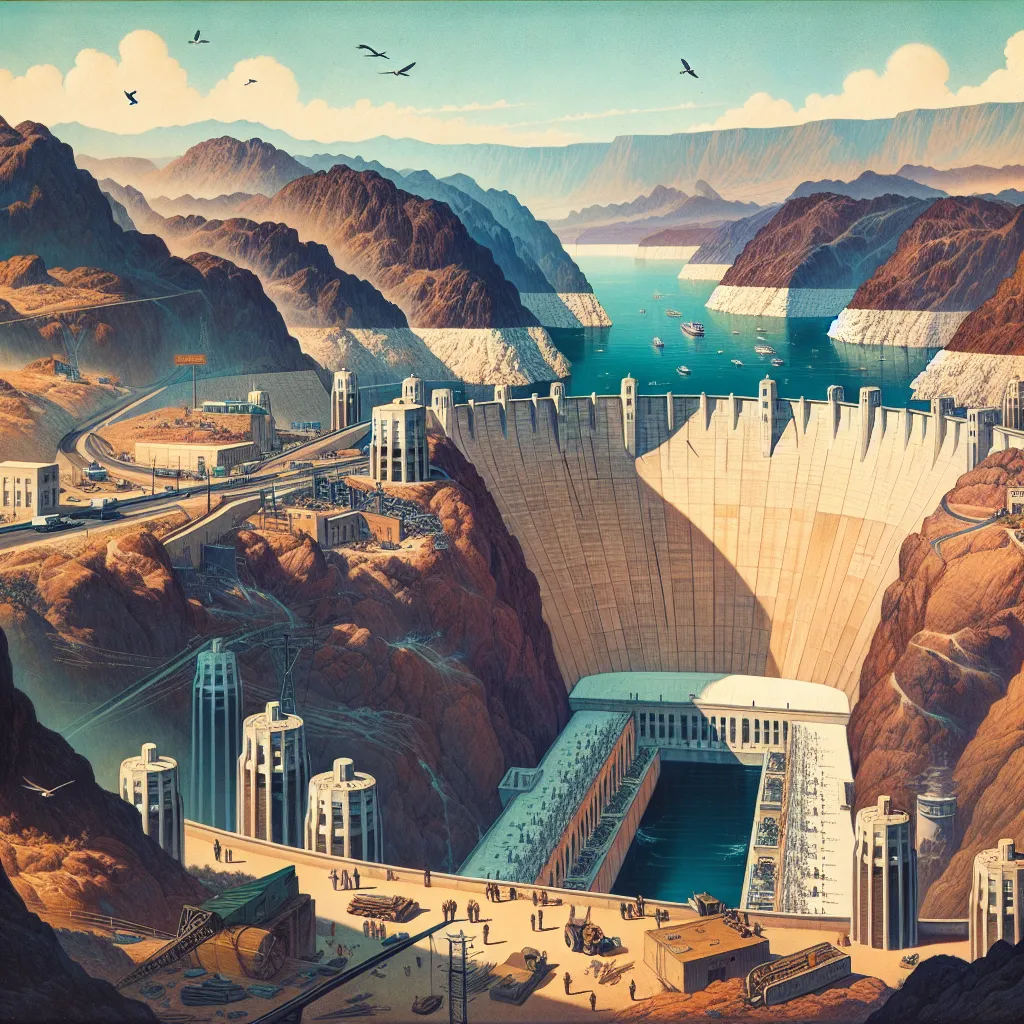As the 20th century drew to a close, two separate teams of astronomers embarked on a mission to understand how gravity was affecting the universe’s expansion. Using advanced telescopes, they observed distant supernovae, expecting to find that gravity was slowing down the expansion of the universe. But they were in for a surprise—the universe’s expansion was speeding up due to a mysterious force.
The 20th century marked a period of monumental breakthroughs in physics. Einstein’s theories of relativity stood the test of time, providing insights into the universe’s inception, known as the Big Bang—a colossal explosion of space itself. Despite our progress, questions persist. For instance, the exact nature and formation of supermassive black holes remain elusive, even though we’ve confirmed their ubiquitous presence in galaxies. New scientific instruments have allowed us to detect gravitational waves, a feat that took 50 years to achieve, enabling us to ponder the ultimate fate of the universe.
Humanity’s quest to understand the cosmos goes back centuries, evolving through countless generations of thinkers. The 17th century saw Isaac Newton revolutionize our comprehension of gravity, revealing how masses attract each other—a principle that accurately predicted planetary orbits and led to the discovery of Neptune. However, Mercury’s peculiar orbit could not be explained by Newtonian physics alone. The answer came from Albert Einstein, whose theory of general relativity redefined gravity, accounting for Mercury’s orbit and dismissing the need for a hypothetical planet, Vulcan.
Einstein’s ideas were validated during a 1919 solar eclipse, where a team of astronomers, led by Arthur Eddington, confirmed that a massive object like the Sun could indeed bend light, as Einstein had predicted. General relativity succeeded where Newton’s laws fell short, proving indispensable for understanding the universe, especially in extreme conditions.
In the subatomic realm, quantum physics emerged in the early 20th century, unveiling the atom’s complexity far beyond the ancient Greek vision of indivisibility. With Niels Bohr’s atomic model and the advent of quantum mechanics, scientists began to decode the atom’s behavior. This new understanding explained not just the chemical properties of matter but also fundamental cosmic phenomena. Researchers even linked quantum physics to the Sun’s energy production, filling gaps where classical physics couldn’t tread.
Despite the progress, general relativity and quantum physics clash at the smallest scales, necessitating a unified theory to unravel the universe’s deepest secrets. Our cosmos began 13.8 billion years ago with the Big Bang, an event followed by the release of the oldest observable light—the cosmic microwave background (CMB). This relic radiation, discovered accidentally in the 1960s, has been mapped in great detail by missions like the Cosmic Background Explorer, confirming the universe’s explosive beginning and continuous expansion.
Black holes, one of the universe’s most extreme phenomena, were hypothesized by Einstein’s equations but took decades to gain observational proof. Today, instruments like the Event Horizon Telescope have captured their indirect images, revealing the supermassive black hole at the center of the M87 galaxy. Similarly, the detection of gravitational waves by LIGO has allowed scientists to witness cosmic cataclysms, opening a new chapter in multi-messenger astronomy that combines diverse information sources.
This era of discovery also raises questions about dark matter and dark energy. Dark matter, inferred from the gravitational behavior of galaxies, and dark energy, responsible for the universe’s accelerating expansion, comprise most of the cosmos yet remain invisible and largely theoretical. While experiments simulate potential dark matter particles and the expansion of space hints at dark energy’s elusive nature, concrete answers elude us.
Our pursuit of knowledge has led to profound realizations. We now understand that standard matter, the stuff we see and touch, makes up only 5% of the universe. The remaining 95% consists of dark matter and dark energy, mysteries awaiting exploration. Future missions, aimed at probing these phenomena, promise to redefine our understanding of the universe once more.
Our view of the cosmos is constantly evolving. Each new discovery pieces together the grand puzzle of our reality, prompting us to ask deeper questions about our place in the universe. Despite being a tiny fragment of the cosmos, we are the bit that looks up and wonders. Our unending quest for answers is what makes us profoundly human.






